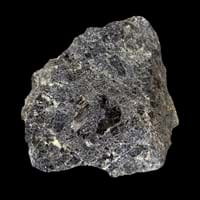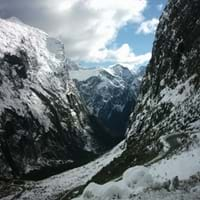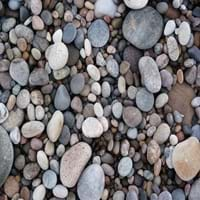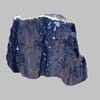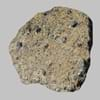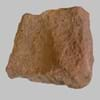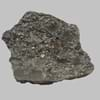Hornblendite is a type of igneous plutonic rock consisting mainly of amphibole hornblende and is a type of Amphibolite rock 0
From German, Horn horn + blende 0
Durable Rock, Hard Rock 0
Coarse Grained Rock, Medium Grained Rock, Opaque Rock 0
Banded, Foliated, Massive 0
Black, Brown, Green, Grey 0
Countertops, Decorative Aggregates, Entryways, Flooring, Homes, Hotels, Interior Decoration, Kitchens 0
As Building Stone, As Facing Stone, Paving Stone, Garden Decoration, Office Buildings 0
As Dimension Stone, Building houses or walls, Cobblestones, Construction Aggregate, for Road Aggregate, Landscaping, Production of Glass and Ceramics, Roadstone 0
Artifacts, Sculpture, Small Figurines 0
Cemetery Markers, Commemorative Tablets, Creating Artwork 0
Hornblende Gabbro and Hornblende Peridotite 0
Clasts are smooth to touch, Matrix variable, Surfaces are often shiny 0
Archaeological Significance
0
Hornblendite is a fine-grained, hard rock which is a type of metasomatite, essentially altered basalt. It forms with or without crystallization, either below the surface as intrusive rocks or on the surface as extrusive rocks. 0
Amphibole, Calcite, Hornblade, Magnetite, Plagioclase, Wollastonite 0
Aluminium Oxide, CaO, Iron(III) Oxide, FeO, Potassium Oxide, MgO, MnO, Sodium Oxide, Phosphorus Pentoxide, Silicon Dioxide, Titanium Dioxide 0
Biological Weathering, Chemical Weathering, Mechanical Weathering 0
Chemical Erosion, Water Erosion, Wind Erosion 0
Medium to Coarse Grained 0
Irregular to Conchoidal 0
Heat Resistant, Pressure Resistant, Wear Resistant 0
Deposits in Eastern Continents
0
Burundi, Djibouti, Eritrea, Ethiopia, Kenya, Madagascar, Rwanda, Somalia, South Africa, Sudan, Tanzania, Uganda 0
Germany, Greece, Iceland, Norway, Poland 0
Deposits in Western Continents
0
Deposits in Oceania Continent
0
South Australia, Western Australia 0
